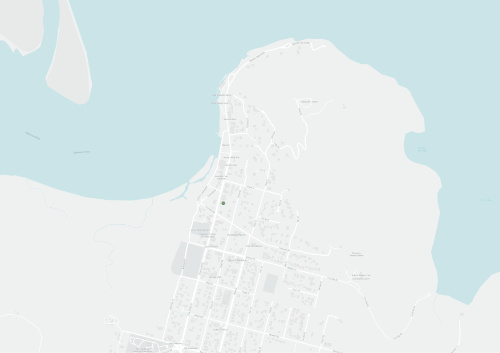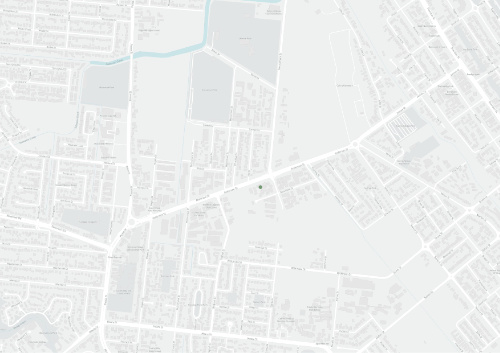Plan Explorer
Filter by:
Region
Topic
Sector
Other
Results
Great Barrier Reef report card 2012 and 2013
Current InformationalThe Great Barrier Reef report card is part of the Reef Quality Water Protection Plan and measures the progress from 2009 to 2013 regarding the Reef Water Quality Protection plan 2009 targets.
Reef Water Quality Protection Plan 2009
Superceded StrategicThe intention of the Reef Water Quality Protection Plan 2009 was to ensure that the water quality of the Great Barrier Reef Lagoon was improved by addressing non-point source pollution caused by large-scale land use along the eastern coastline.
Cape York Peninsula Land Use Strategy: Land Use Program: Aspects of Commercial and Non-Commercial Fisheries of Cape York Peninsula
CYPLUSCYPLUS commissioned WBM Oceanics Australia to prepare this report which describes the level of use of commerical and non-commerical fisheries, factors affecing the environmental condition of said fisheries and habitats, and management issues relating to each of the fisheries and habitats in 1994.
Draft Cape York Peninsula Natural Resource Management Plan (2005)
Obsolete Government PolicyThe aim of the Plan is to ensure that natural resources are well managed, and protected where required, for the benefit of us all and future generations. The Plan aims as far as possible to be consistent with other regional strategies.
Wunta Traditional Fire Management Plan Stage 1
Current OperationalThis document is to support the re-introduction of an indigenous practical fire management action plan to the Nesbit river area in Cape York Peninsula. The project is a stage one plan that will develop over time with further stages and to encompass more fire managed land in the area.
Wunta Draft Strategic Plan
Current StrategicWe are proud and culturally strong community organisation.
Cape York Peninsula Regional Biosecurity Strategy
Current StrategicCape York Natural Resource Management (Cape York NRM), Cook Shire Council (CSC), Weipa Town Authority, Wujal Wujal, Hopevale, Lockhart, Mapoon, Napranum, Aurukun, Pormpuraaw and Kowanyama Aboriginal Shire Councils and the Northern Peninsula Area Regional Council (NPARC) have collaboratively devel
Laura Rangers weed and fire plan
Current CommunityThis poster outlines the objectives, location, strategy, planned outcomes, and implementation of the Laura Ranger's Weed Management Strategy.
Recently added
Cape York Peninsula Land Use Strategy: Land Use Program: Land Tenure Systems and Issues of Cape York Peninsula
CYPLUSThe CYPLUS Land Tenure project was designed in order to provide information to the Land Use Program on the tenure types and bondaries, and the restrictions they have on land use.
Cape York Peninsula Land Use Strategy: Land Use Strategy Models
CYPLUSThis project report was commissioned by CYPLUS to evaluate and compare different stratiegies for land use on the Cape York Peninsula on a variety of fronts.
Cape York Peninsula Land Use Strategy: Land Use Program: Management of Pastoral Holdings Cape York Peninsula
CYPLUSThe aim of this study was to describe and assess the pastoral industry of the Cape York Peninsula in terms of its [then] current operations and land management as well as to provide an analysis of [then] existing and potential land tenure for pastoral uses.
Cape York Peninsula Land Use Strategy: Natural Resource Analysis Program: Mineral Resource Inventory of Cape York Peninsula
CYPLUSAs part of the Natural Resources Analysis program the Geological Survey Division of the Queensland Department of Minerals and Energy compiled a database of known mineralisation within the CYPLUS area in order to update and expand then current knowledge of the bedrock geology, regolith, geochemist
Cape York Peninsula Land Use Strategy: Land Use Program: Pastoral Industry of Cape York Peninsula
CYPLUSDespite ongoing harsdhip and difficult working conditions there was a strong desire by cattlemen and their families to persevere wth the beef industry as independent produers free of government support and unnecessary regulations.
Cape York Peninsula Land Use Strategy: Land Use Program: Other Primary Industries (Non-Pastoral, Non-Forestry) of Cape York Peninsula
CYPLUSPrior to the execution of this project regional stakeholders and industry representatives expressed differing opinions concerining the development potential of other agricultural industries within the CYPLUS area.
Cape York Peninsula Land Use Strategy: Natural Resources Analysis Program: Regolith-Terrain Mapping of Cape York Peninsula
CYPLUSRegolith within the CYPLUS area in North Queensland consists both of 'in situ' weathered beardock and transported minerals.
Cape York Peninsula Land Use Strategy: Land Use Program: Population Characteristics of Cape York Peninsula
CYPLUSThis report investigated the population of the Cape York Peninsula and evaluated the collected data in order to create numerous statistics on the region including population progressions, tourism, birh trates, educational attendance, population mapping, cultural mapping, economy, documentation of
Cape York Peninsula Land Use Strategy: Land Use Program: Surface Water Resources of Cape York Peninsula
CYPLUSThis report is part of the CYPLUS Land Use Program and establishes an overview of the surface water resurces on the Cape York Peninsula at the time, including an assesment on the reliability of project deands and related environmental and social issues associated with that.
Cape York Peninsula Land Use Strategy: Land Use Program: Transport Services and Infrastructure of Cape York Peninsula
CYPLUSThis report investigated issues relating to transport services and infrastructure on the Cape York Peninsula as part of the CYPLUS Land Use and Natural Resource Analysis Program in 1995.

